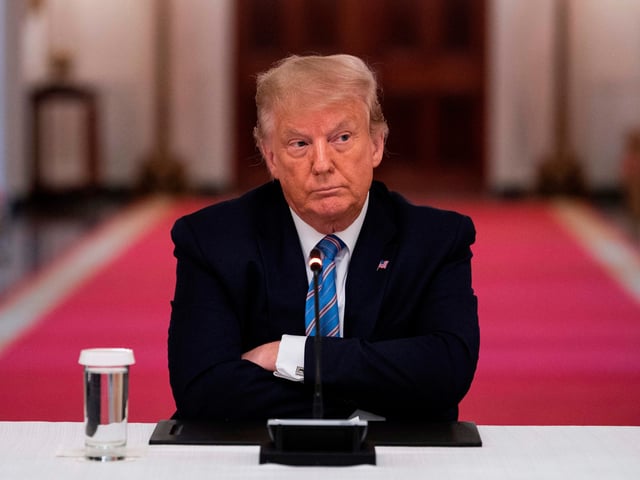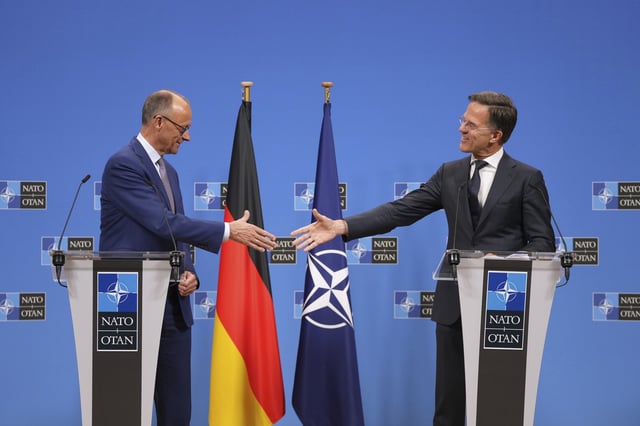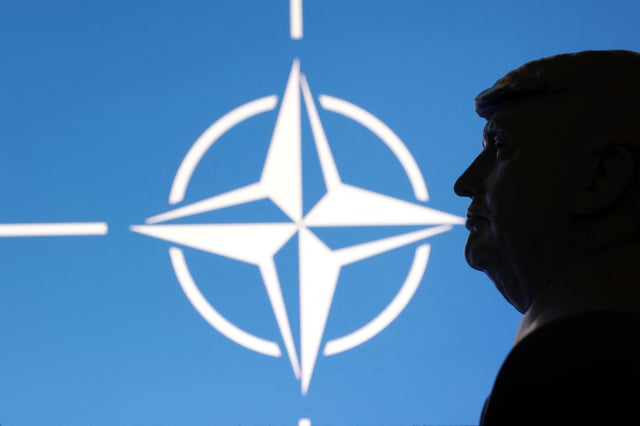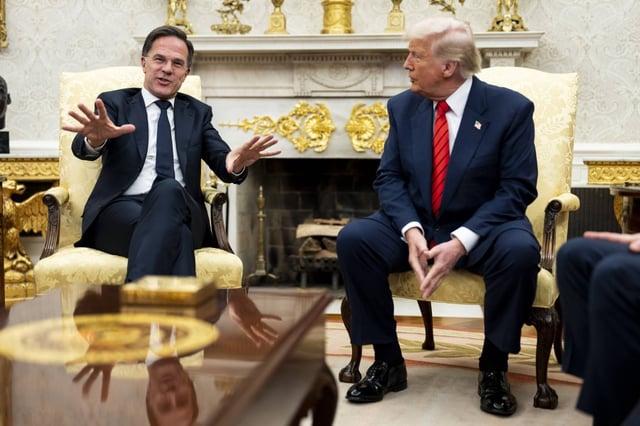Overview
- NATO foreign ministers are working on a compromise to raise defense spending to 5% of GDP by 2032, combining 3.5% for direct military spending and 1.5% for related investments like infrastructure and cybersecurity.
- The Trump administration, represented by envoy Matthew Whitaker, has tied future U.S. defense commitments to allied contributions, emphasizing the necessity of the 5% target for security.
- As of 2024, 22 of NATO's 32 members met the current 2% GDP defense spending guideline, but no member, including the U.S., has reached the proposed 5% threshold.
- The proposed framework expands NATO's definition of defense spending to include mobility, infrastructure, and cybersecurity, marking a shift from traditional military hardware expenditures.
- A formal decision on the new spending target is scheduled for the NATO summit in The Hague on June 25, as alliance members navigate economic disparities and political tensions.



